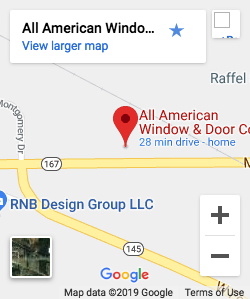Blog
How to Choose the Best Wood Windows for Your Home
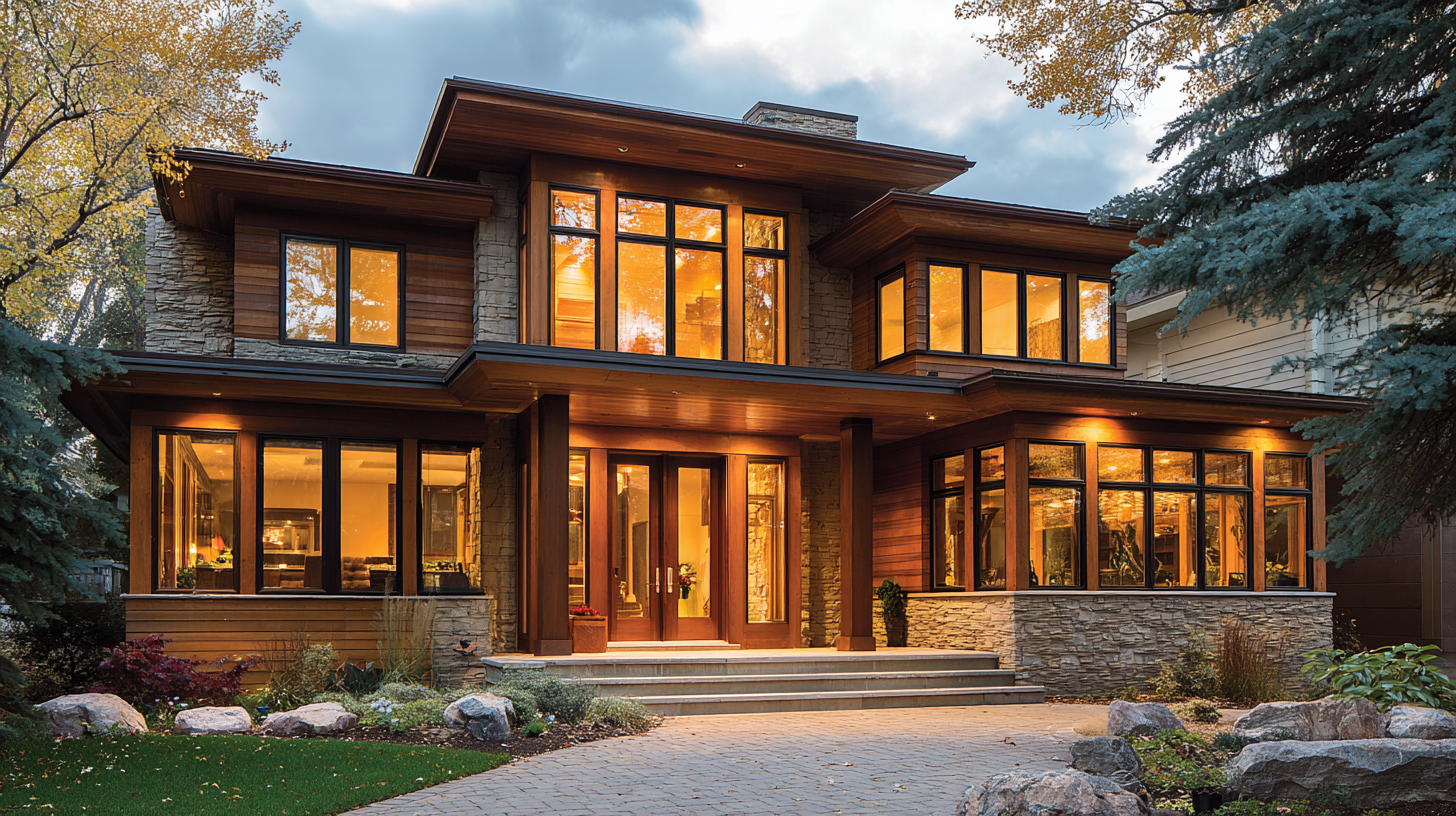 Choosing the best wood windows for your home is a significant decision that can impact both the
aesthetic appeal and
energy efficiency of your property. According to the National Association of Home Builders, wood windows offer better insulation properties, with a thermal resistance value (R-value) that often exceeds that of vinyl and aluminum windows, leading to potential energy savings of up to 20% on heating and cooling costs.
Moreover, a study by the American Wood Council highlights that homes fitted with high-quality wood windows typically retain higher resale values, reflecting the
timeless charm and durability of this material. As homeowners increasingly prioritize sustainability and natural materials in their renovations, understanding the benefits and options available in wood windows becomes essential for making an informed choice that enhances both comfort and investment value in your home.
Choosing the best wood windows for your home is a significant decision that can impact both the
aesthetic appeal and
energy efficiency of your property. According to the National Association of Home Builders, wood windows offer better insulation properties, with a thermal resistance value (R-value) that often exceeds that of vinyl and aluminum windows, leading to potential energy savings of up to 20% on heating and cooling costs.
Moreover, a study by the American Wood Council highlights that homes fitted with high-quality wood windows typically retain higher resale values, reflecting the
timeless charm and durability of this material. As homeowners increasingly prioritize sustainability and natural materials in their renovations, understanding the benefits and options available in wood windows becomes essential for making an informed choice that enhances both comfort and investment value in your home.
Understanding Different Types of Wood Windows and Their Benefits
When selecting wood windows for your home, it's essential to understand the different types available and their respective benefits. According to the American Wood Council, wood windows are renowned for their superior thermal performance. Specifically, they can reduce energy loss significantly due to their natural insulating properties, making them an excellent choice for energy efficiency-conscious homeowners. In fact, well-made wood windows can achieve thermal performance ratings that outperform many vinyl alternatives.
Different types of wood windows, such as clad and solid wood windows, offer unique advantages. Clad windows, which feature a protective exterior layer of aluminum or vinyl, provide the aesthetic appeal of wood with reduced maintenance requirements. A report from the National Association of Home Builders indicates that homes with wood-clad windows not only enhance curb appeal but also retain higher resale values. Solid wood windows, on the other hand, boast a classic appearance and superior customization options, allowing homeowners to select finishes that complement their interior designs. In summary, understanding the distinct characteristics of these wood window types can lead to informed choices that align with personal preferences and practical needs.
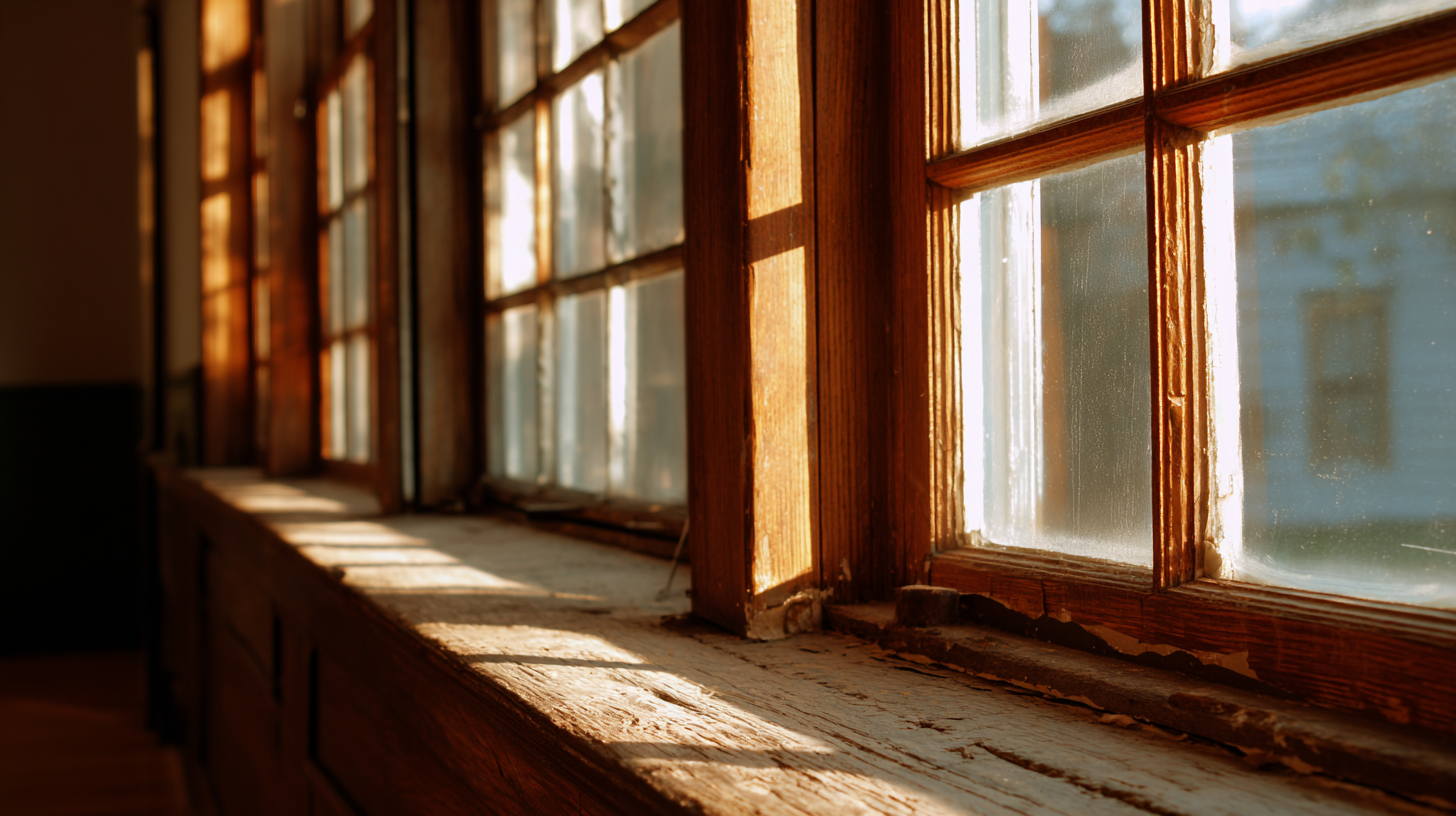
Evaluating Energy Efficiency Ratings for Wood Windows
When choosing wood windows for your home, energy efficiency ratings are a crucial factor to consider. These ratings provide insight into how well a window can insulate your home, potentially reducing heating and cooling costs. Energy performance metrics can vary significantly based on design features such as frame materials, glazing types, and the overall construction of the window. For instance, windows with low U-values indicate better insulation, while high Solar Heat Gain Coefficient (SHGC) ratings suggest that the window can effectively handle solar heat, making it suitable for warmer climates.
In recent studies exploring energy performance in residential buildings, including both naturally ventilated and airtight environments, researchers have evaluated how various features contribute to energy efficiency. The effectiveness of retrofitting buildings with energy-efficient features also plays a role in overall performance. Understanding how these concepts apply to wood windows can help homeowners make informed decisions that align with energy regulations and sustainability goals. By selecting windows that are rated highly for energy efficiency, homeowners not only enhance their comfort but also contribute to long-term energy savings and environmental sustainability.
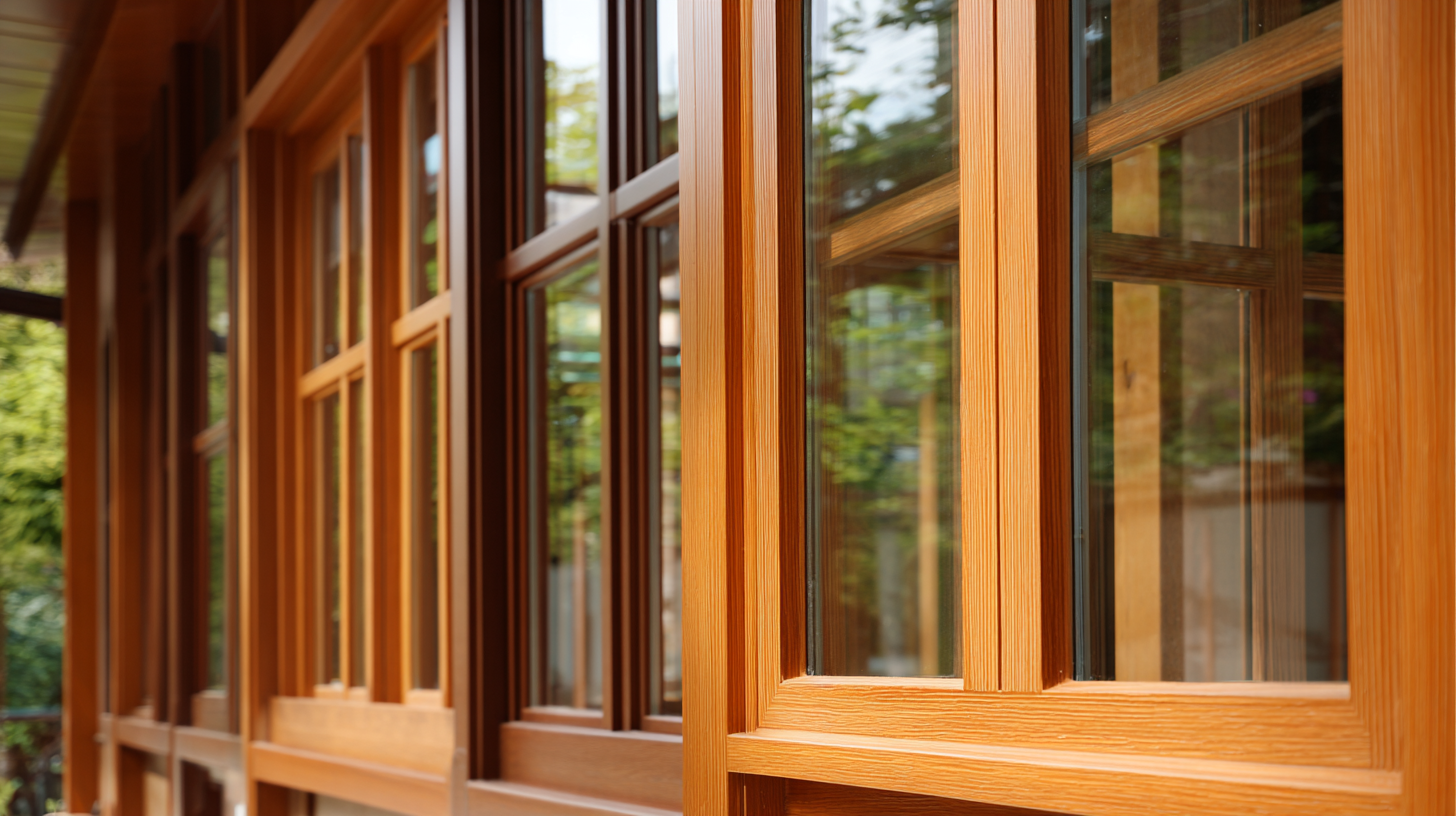
Choosing the Right Wood Species for Your Climate and Style
When selecting wood windows for your home, the choice of wood species is pivotal, as it influences both the longevity and aesthetic appeal of your windows. Different wood types have distinct characteristics that make them suitable for various climates and architectural styles. According to the American Wood Council, species such as Douglas fir and Western red cedar are highly regarded for their strength and weather resistance, making them excellent choices for areas with harsh weather conditions.
Additionally, aesthetic considerations should not be overlooked. Oak, known for its durability and beautiful grain, can complement traditional homes beautifully, while pine offers a more rustic charm and is often favored in cottage-style architecture. Data from the U.S. Forest Service indicates that treated wood products, including windows, can last up to 30 years or more when properly maintained, further emphasizing the importance of selecting the right wood species that aligns not just with your climate needs, but also with your home’s design aesthetics. Such informed choices ensure that your wood windows will provide both functional performance and visual harmony for years to come.
Assessing Window Styles and Designs to Match Your Home's Architecture
When selecting wood windows for your home, it's crucial to assess the various styles and designs that complement your home's architecture. According to the American Wood Council, wood windows provide aesthetic versatility, enabling homeowners to choose designs that harmonize with traditional or contemporary settings. For instance, double-hung windows, prevalent in Colonial homes, offer classic charm, while casement windows suit modern aesthetics with their clean lines and expansive views.
In addition to style, the choice of wood type can significantly impact both durability and appearance. The Forest Products Laboratory notes that different wood species, such as pine or mahogany, present varying levels of resistance to weather elements and maintenance requirements. This emphasizes the need for homeowners to consider the climatic demands of their location. Moreover, studies indicate that homes with well-designed window styles can see up to a 15% increase in market value, highlighting the importance of selecting windows that not only enhance visual appeal but also align with the home's architectural integrity.
Wood Window Styles and Their Architectural Compatibility
This chart illustrates the compatibility of various wood window styles with different architectural designs commonly found in residential homes.
Recognizing Maintenance Requirements for Longevity of Wood Windows
When selecting wood windows for your home, understanding the maintenance requirements is crucial for ensuring their longevity. Wood windows, while aesthetically pleasing and energy-efficient, require regular upkeep to protect them from the elements. Regularly inspecting and maintaining the finish is essential; applying a fresh coat of paint or wood stain every few years can prevent moisture infiltration and decay. Additionally, check for signs of wear, such as cracks or signs of rot, which can compromise the structure of the window.
Another important aspect of wood window maintenance is proper sealing and weatherstripping. Ensuring that seals are intact can help defend against air and water leaks, enhancing the performance of the windows and your home's energy efficiency. Regular cleaning to remove dirt and grime is also advisable, as debris can trap moisture against the wood. Investing time and effort in these maintenance tasks not only extends the life of your wood windows but also preserves their beauty and functionality for years to come.
How to Choose the Best Wood Windows for Your Home - Recognizing Maintenance Requirements for Longevity of Wood Windows
| Feature | Description | Maintenance Frequency | Longevity |
|---|---|---|---|
| Wood Type | Select high-quality hardwood like oak, maple, or cherry for durability. | 5-10 years (depends on climate) | 50+ years with proper maintenance |
| Finishing | Use quality paint or stain to protect against moisture and UV damage. | 1-2 years | 20+ years |
| Sealing | Regularly check and replace seals to prevent air and water leaks. | Every 1-3 years | 30+ years |
| Cleaning | Keep windows clean and clear of debris to maintain function and aesthetics. | Twice a year | N/A |
| Inspection | Conduct thorough inspections for cracks, rot, or insect damage. | Annually | N/A |
Related Posts
-
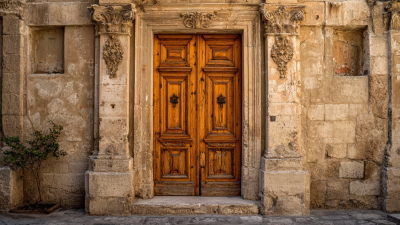
Ultimate Checklist for Choosing the Perfect Exterior Doors for Your Home
-
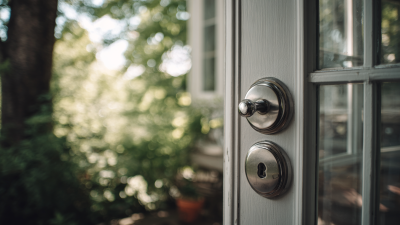
7 Reasons Why Best Door Window Solutions Can Improve Your Home Security
-
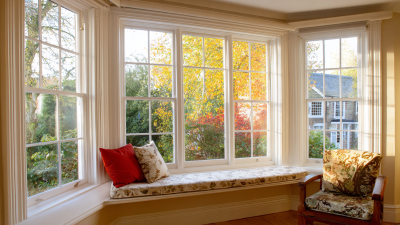
7 Best Benefits of Installing Bay Windows in Your Home
-

How to Choose the Best Exterior Doors: Key Features and Trends for 2023
-
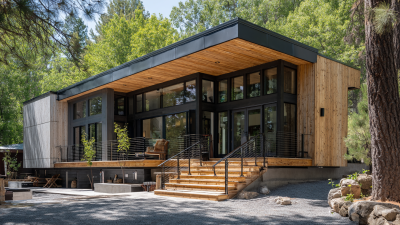
Revolutionizing Spaces: Real-Life Applications of the Best Windows and Siding in Sustainable Construction
-
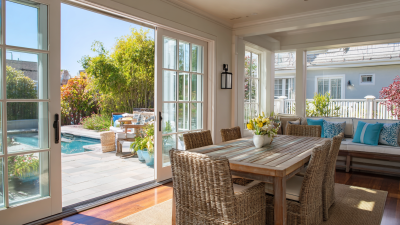
7 Best Strategies for Patio Door Replacement You Should Know
About Us
We serve the Greater Milwaukee area: Waukesha, Milwaukee, Washington, Ozaukee Counties and nearby areas, including Germantown, Menomonee Falls, Mequon, Cedarburg, Thiensville, Grafton, Jackson, West Bend, Hartland, Waukesha, Brookfield, West Allis, Franklin, Greenfield and more. We are Wisconsin’s Best Contractor for Replacement Windows, Doors, Siding & Roofing!
Contact Details
Address:
N112 W14880 Mequon Road
Germantown, Wisconsin 53022
Phone:
Email:
Showroom Hours
Monday: 9am – 5pm
Tuesday: 9am – 5pm
Wednesday: 9am – 5pm
Thursday: 9am – 5pm
Friday: 9am – 4:30 pm
Saturday by Appointment
Evenings by Appointment



